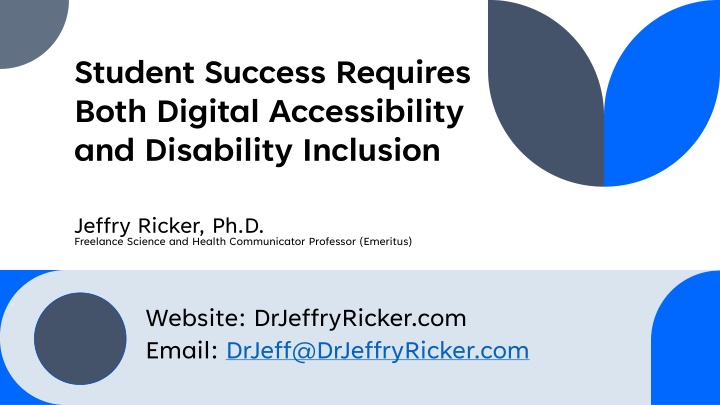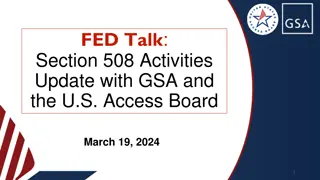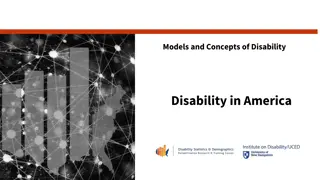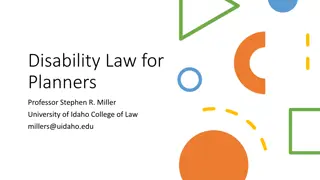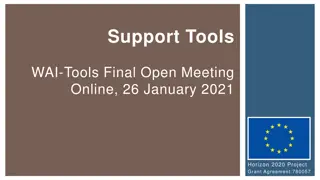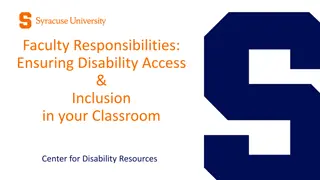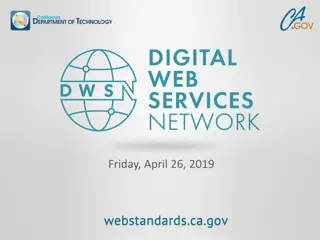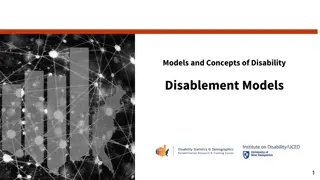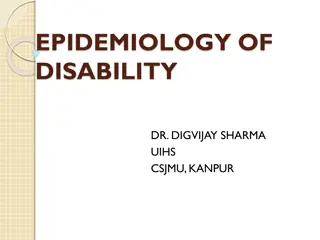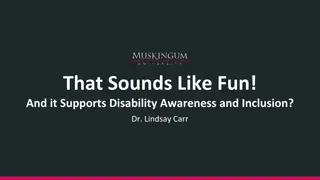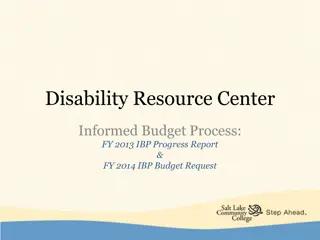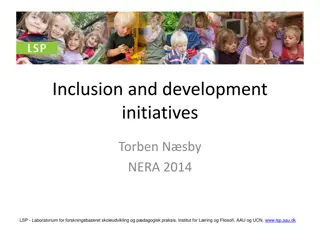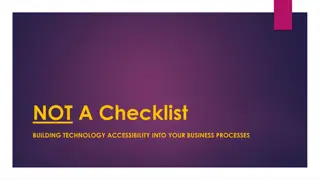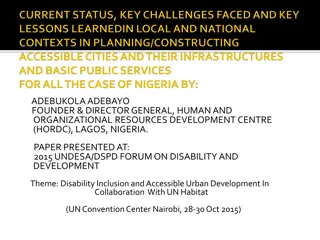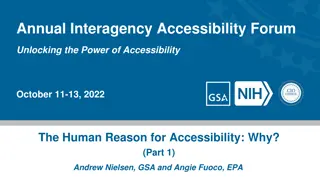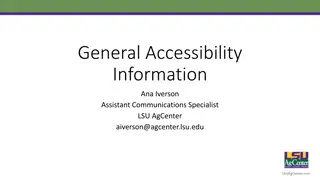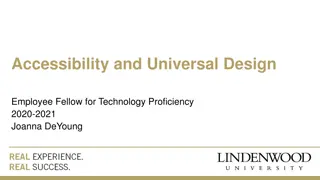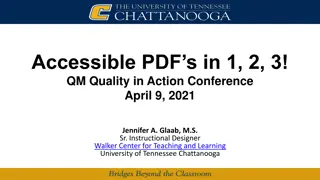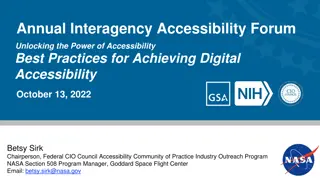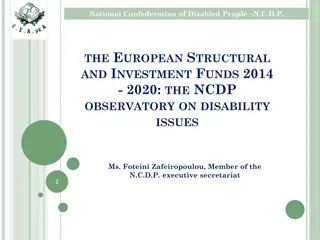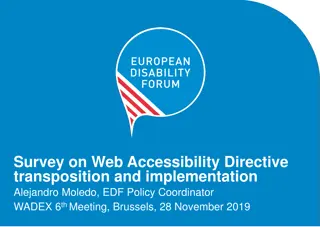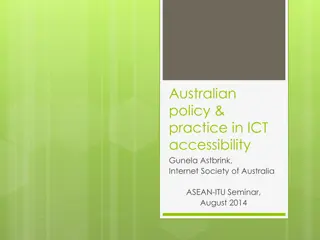Student Success Requires Digital Accessibility and Disability Inclusion
"Faculty understanding of inclusive pedagogy is crucial for benefiting students with disabilities. Hidden disabilities on campus may create mistaken impressions. Learn about challenges, obstacles, and resources for creating accessible electronic documents. Discover leading theories of disability inclusion on campus for student success."
Download Presentation

Please find below an Image/Link to download the presentation.
The content on the website is provided AS IS for your information and personal use only. It may not be sold, licensed, or shared on other websites without obtaining consent from the author.If you encounter any issues during the download, it is possible that the publisher has removed the file from their server.
You are allowed to download the files provided on this website for personal or commercial use, subject to the condition that they are used lawfully. All files are the property of their respective owners.
The content on the website is provided AS IS for your information and personal use only. It may not be sold, licensed, or shared on other websites without obtaining consent from the author.
E N D
Presentation Transcript
Student Success Requires Both Digital Accessibility and Disability Inclusion Jeffry Ricker, Ph.D. Freelance Science and Health Communicator Professor (Emeritus) Website: DrJeffryRicker.com Email: DrJeff@DrJeffryRicker.com
Challenges and Obstacles Research continues to show that faculty lack understanding of inclusive pedagogy or the importance of adopting teaching strategies that benefit students with disabilities. (Hill et al., 2020) Students with hidden disabilities are not visible on campus in the same way as students of color or wheelchair users might be, which is likely to leave the mistaken impression that disabilities are rare among students at an institution of higher education. (Leake & Stodden, 2014) Challenges and Obstacles 2
Accessibility Resources Ricker, J. (2022). Enabling people with disabilities: Creating accessible electronic documents. Medical Writing, 31(4), 32-36. https://www.doi.org/10.56012/ctbt2242 In this article, I discuss some basic guidelines for making electronic documents accessible to people with disabilities. At the end, I list other resources that provide further opportunities for learning about accessibility. WebAIM Accessible Documents Course: Word, PowerPoint and, & Acrobat https://webaim.org/training/docs/ This 5-week online course will teach you the fundamentals of creating accessible Word, PowerPoint, Excel and Adobe Acrobat (PDF) documents. The Worldwide Web Consortium also offers an online course that serves as a basic introduction to the creation of accessible websites: Digital Accessibility Foundations Free Online Course https://www.w3.org/WAI/fundamentals/ foundations-course/ Accessibility Resources 3
Disability Inclusion on Campus leading theories of persistence in higher education highlight both academic integration and social integration, as reflected in having a sense of belonging on campus, as key factors for student success. (Leake & Stodden, 2014) The most powerful barriers to full inclusion include stigmas about students with disabilities, negative attitudes, and lack of understanding among campus administrators, faculty, and staff. (Hill et al., 2020) Disability Inclusion on Campus 4
